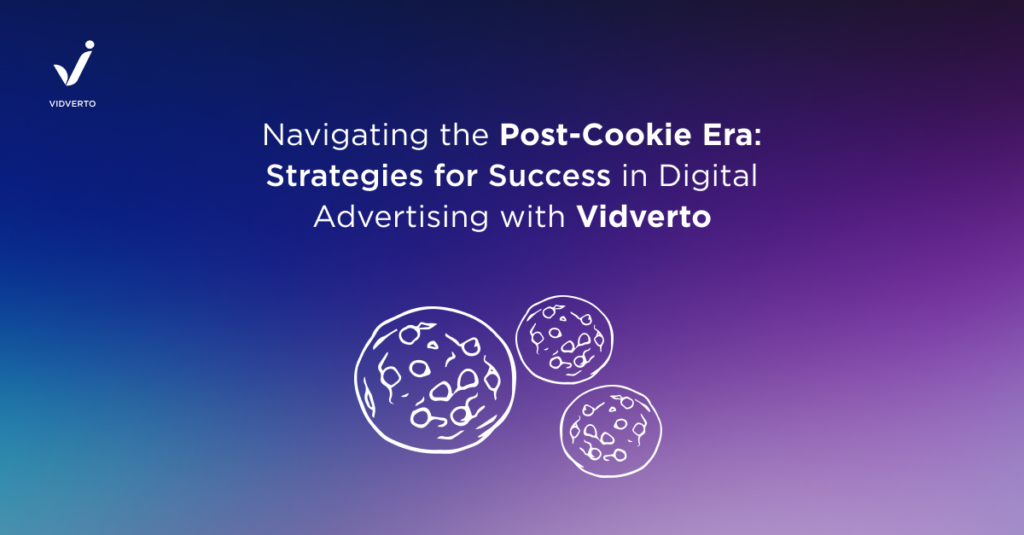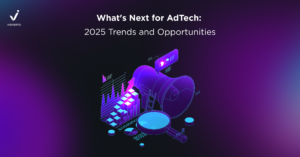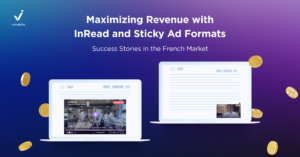The digital advertising landscape is undergoing a profound transformation with the impending demise of third-party cookies, prompting marketers to rethink their strategies. As industry giants like Google, Apple, and Mozilla roll out anti-tracking initiatives, the era of targeted advertising is undergoing a significant shift.
With Google’s plan to phase out third-party cookies by the end of 2024, marketers are facing a pivotal moment of change. While some have observed a temporary dip in campaign performance, others see this as an opportunity for innovation and growth.
In this article, we explore the transformative changes reshaping digital advertising and explore strategies to thrive in the post-third-party cookie era. From the importance of first-party data to the rise of contextual targeting and new ad tech solutions, we’ll delve into how publishers can adapt to the evolving landscape and seize opportunities for success.
The Cookie Crumbles: Embracing Change
The Importance of First-Party Data
Relying just on third-party data for targeting and retargeting is no longer sustainable. For DSPs and advertising agencies, it’s imperative to shift focus towards leveraging reliable first-party data acquired through channels like email capture and website interactions.
First-party data not only allows more precise targeting but also enhances the value of ad impressions. As advertisers increasingly focus on audience quality, access to rich first-party data becomes crucial.
Challenges in Transitioning to First-Party Data
Transitioning to a first-party data approach presents challenges such as ineffective frequency capping and declining bids. These challenges stem from the struggle of Demand Side Platforms (DSPs) to effectively match users with publishers and Supply Side Platforms (SSPs).
Additionally, collecting data in compliance with GDPR standards adds complexity. Despite advertisers initially experiencing a dip post-GDPR, fill rates promptly rebounded to pre-GDPR levels.
Following the Chrome update, marketers may observe an average decrease of 30% in CPM rates across advertising platforms. Despite this, a prompt recovery is expected, due to the ongoing development of cookieless advertising technology, which is expected to mature by 2024.
Navigating the New Era: Strategies for Success
#1 Contextual Targeting
In the absence of individual tracking, contextual targeting becomes paramount. Understanding user interests and content engagement allows for delivering relevant ads without relying on personal identifiers. Platforms like Showheroes recommend leveraging contextual targeting solutions that use keywords, topics, and page-level data.
#2 Universal ID Applying
Under this system, advertisers could track and target users without third-party cookies using an anonymized identifier. Universal ID offers advantages over third-party cookies for both users and advertisers, though widespread adoption among publishers would be necessary for its effectiveness.
#3 Testing-Focused Approach
While early tests of cookieless ad platforms show promise, caution is warranted. The key, as VWO emphasizes, lies in adopting a testing-focused approach. Experiment with strategies, including A/B testing for website personalization and creative variations, to see what resonates with your audience.
#4 Loyalty Programs and Data Sharing
Loyalty programs, such as in Talon.One, hold significant potential in the cookieless era. By encouraging data sharing and fostering trusted customer relationships, they collect valuable insights to create comprehensive data profiles.
#5 Contextual Advertising and User Privacy
Mavern Media utilizes contextual advertising to prioritize both brand impact and safety. Their approach integrates ads into user experiences, ensuring non-intrusive engagement and user privacy. Combining advanced algorithms and machine learning, they analyze data to identify target audiences and determine optimal delivery times and locations for effective advertising.
#6 Google Sandbox and Privacy Initiatives
The Google Sandbox is a cornerstone in safeguarding user privacy online, minimizing cross-site and cross-app tracking while ensuring the accessibility of free online content and services. Its advanced APIs empower web browsers to operate locally on users’ devices, protecting their identifying information as they explore the web.
With a wealth of proposals focused on strengthening cross-site privacy boundaries, combating web spam and fraud, delivering relevant content and ads, and measuring advertising effectiveness, Chrome is dedicated to elevating online privacy and security standards.
# 7 Second-Party Data and Deterministic ID Processes
The use of second-party data, advocated by KORTX, is presented as an alternative to cookies. This involves capitalizing on deterministic identification processes to ensure accuracy and scalability in targeting efforts without relying on cookies or mobile IDFA.
#8 Connected TV and Privacy-First Solutions
The emergence of Connected TV (CTV) and privacy-first ad tech solutions brings promising prospects. Our experts at Vidverto predict a surge in contextual targeting and alternative avenues for reaching audiences while maintaining user privacy.
With Video Ads, CTV, and Digital Audio emerging as key avenues for ad spending, advertisers can target audiences based on contextual factors like the content they’re watching, their viewing habits, and even their purchase history while maintaining user privacy. Vidverto underscores the importance of building partnerships with CTV publishers and leveraging data-driven insights to create targeted, engaging ad campaigns that resonate with the audience.
#9 Advancements in AI and Personalization
By leveraging AI-powered algorithms and NLP capabilities, brands can deliver highly relevant product recommendations within the content itself. This strategy ensures a seamless and personalized user experience, ultimately enhancing engagement and boosting conversion rates.
#10 Agile Marketing for Dynamic Success
To thrive in this dynamic environment, businesses need a marketing strategy that is flexible, adaptable, and data-driven. Agile marketing emerges as a revolutionary approach, drawing on the principles and practices outlined in the Agile Marketing Manifesto.
Unlike traditional marketing plans, agile marketing operates in short, focused sprint cycles. During each sprint, teams collaborate to achieve specific goals, continuously gathering data, analyzing results, and refining their approach based on insights. This iterative process enables continuous improvement, ensuring campaigns remain relevant and practical amidst evolving market conditions.
Remember, It’s not a Cookieless Apocalypse; It’s an Evolution
The opt-out of third-party cookies presents challenges but also opportunities for innovation in digital advertising. It’s not the end of targeted advertising!
By leveraging first-party data, contextual targeting, and a data-driven approach, marketers can thrive in the evolving landscape. Focus on building strong customer relationships, prioritize user privacy, and continuously experiment to identify what works best.
It’s not just about adapting to change; it’s about embracing it as an opportunity for growth and evolution. At Vidverto, we understand the nuances of these changes and stand ready to help you navigate the shifting dynamics of the industry.




 Back to all news
Back to all news Read Full Article
Read Full Article Go to top
Go to top



